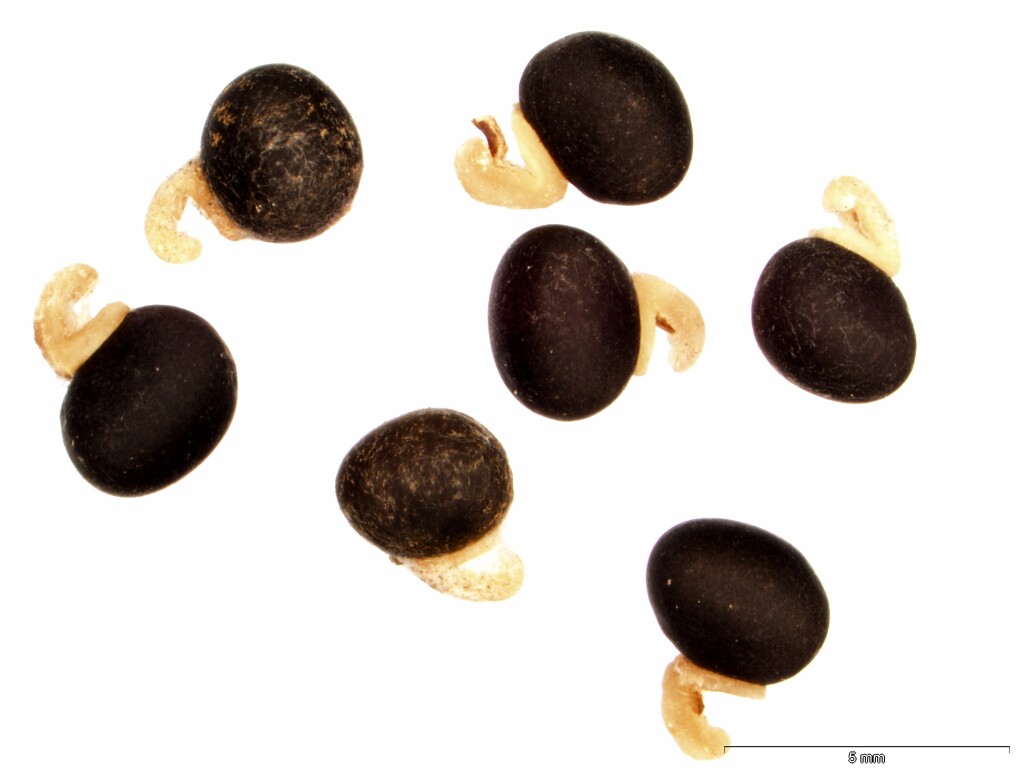Goodia lotifolia
Salisb. Golden-tipShrub or slender tree to 4 m high; young branchlets soon glabrous. Leaflets obovate to obovate-cuneate or elliptic, the terminal one usually obovate, 10–30 mm long, 6–30 mm wide, glabrous or lower surface with scattered appressed hairs; petiole 5–30 mm long. Racemes 4–12 cm long; flowers 9–14 mm long; pedicels 3–12 mm long; calyx 3.5–7 mm long, glabrous or sparsely hairy, the 3 lower teeth usually as long as or longer than tube in mature flowers; petals bright yellow with red or brown markings. Pods obliquely ovate to oblong, 1.6–3.8 cm long, narrowed basally into a slender stipe; foot of aril 1.2–2.5 mm long. Flowers Sep.–Nov.
Wim, GleP, VVP, GipP, OtP, WaP, Gold, CVU, GGr, NIS, EGL, EGU, WPro, HSF, HNF, OtR, Strz, MonT, HFE, VAlp. Also Qld, NSW, Tas. Common understorey species in southern and eastern Victoria in wet and dry sclerophyll forest. Usually commoner following disturbance or bushfire.
See notes under G. medicaginea.
Ross, J.H. (1996). Goodia. In: Walsh, N.G.; Entwisle, T.J., Flora of Victoria Vol. 3, Dicotyledons Winteraceae to Myrtaceae, pp. 820–821. Inkata Press, Melbourne.
 Spinning
Spinning

